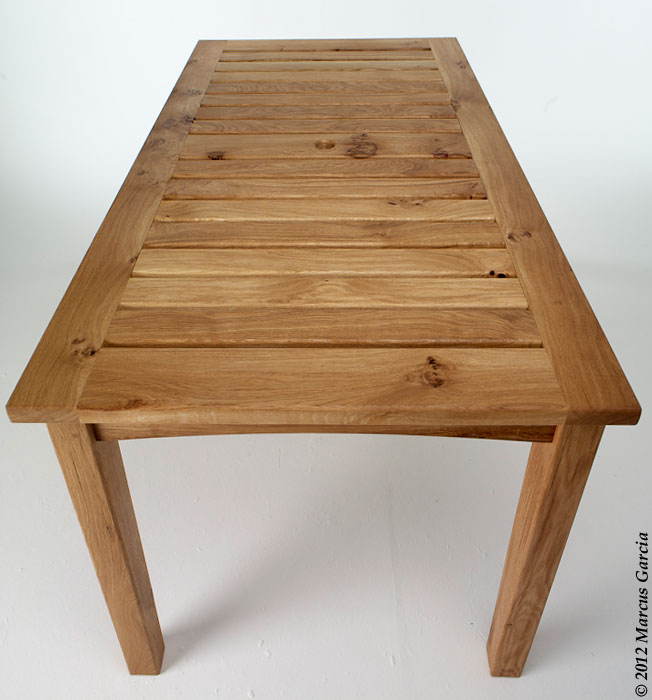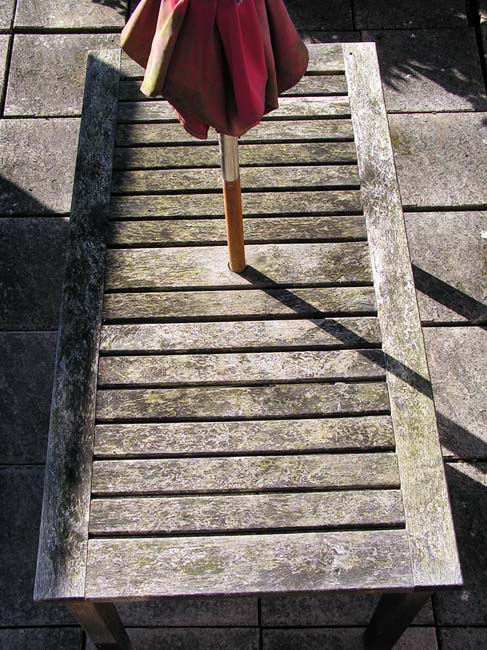marcusdil
New member
Good morning everyone.
I had these gates made about 12 months ago and they looked stunning for about 6 months then the finish started to deteriorate.Now they look like the pic here.The manufacturer states that they should have been Osmo oiled after 3 months and then, yearly.I was informed if I apply Osmo oil,they will look as good as new.There are also little black streaks on them that nothing will remove and I tried some Osmo oil and of course it being transparent, it didnt improve the finish at all.I paid £900 for these pair of driveway gates and feel that they should be still attractive after 12 months,even with no care to them.The company have refused to take the issue any further and say the responibility of care of the gates is the clients.Does this sound reasonable or maybe now, I am thinking the wood probably was not dried enough before manufacture (too high moisture content) and that this is the cause of the issue.Any help or advice would be really appreciated.

I had these gates made about 12 months ago and they looked stunning for about 6 months then the finish started to deteriorate.Now they look like the pic here.The manufacturer states that they should have been Osmo oiled after 3 months and then, yearly.I was informed if I apply Osmo oil,they will look as good as new.There are also little black streaks on them that nothing will remove and I tried some Osmo oil and of course it being transparent, it didnt improve the finish at all.I paid £900 for these pair of driveway gates and feel that they should be still attractive after 12 months,even with no care to them.The company have refused to take the issue any further and say the responibility of care of the gates is the clients.Does this sound reasonable or maybe now, I am thinking the wood probably was not dried enough before manufacture (too high moisture content) and that this is the cause of the issue.Any help or advice would be really appreciated.







































